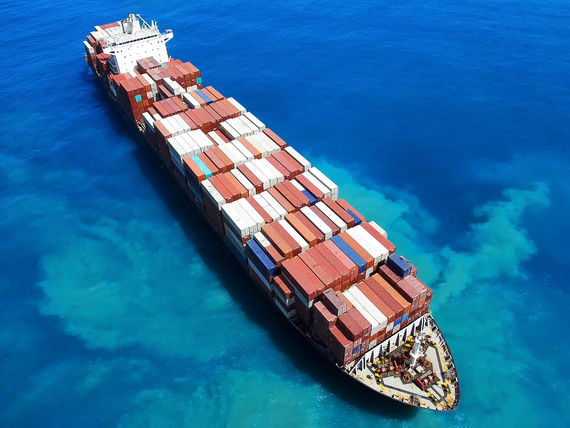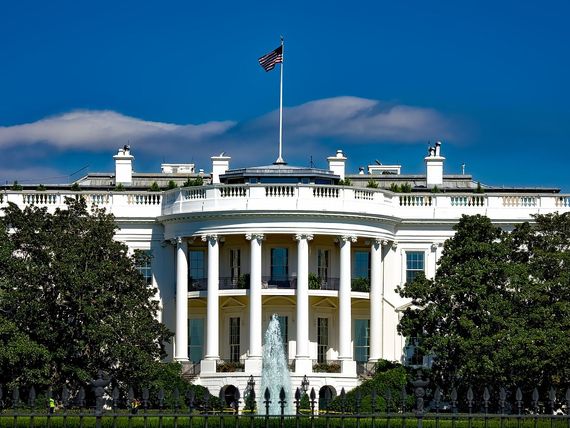COVID-19 and Container Shortages: A Line of Falling Dominoes

The shipping industry took its first big hit during mid-March when the impacts of the first wave of COVID-19 reached the global level. The uncertainty and fear around an unprecedented contemporary pandemic forced many countries to go into lockdown, causing restricted economic activity from March to June. Lockdowns meant a decrease in port employees, factory laborers and drivers, as well as temporary closures of manufacturing plants – affecting the speed of transit times in addition to production and cargo handling, all across the global supply chain. Furthermore, numerous containers remained in factories that were temporarily closed.
With restricted economic activity and limited movement of cargo, many carriers had to announce blank sailings in order to reduce costs and save the resources that would have otherwise been spent sending empty containers.
But July brought some positive signs, and the world started experiencing the reopening of various economies across the globe. At this point, China, having received government funding and having had their first COVID-19 outbreak earlier, was further along in their journey to production and infection recovery.
As China’s recovery advanced, their production sped up – allowing them to not only restart their shipping activity, but also rapidly increase their exports. This quick recovery encouraged businesses to attempt production in China, causing an even higher upsurge in Chinese exports, right about when September was about to begin. In past years, approximately 900,000 TEUs with Christmas-related products are imported from China into the US throughout September before the Chinese October holiday, National Day of The People’s Republic of China.
These factors aggravated the disequilibrium in the demand and supply of the shipping, manufacturing, and retail industries, and with a reduced number of vessels, carriers were not able to collect empty containers. As a result, carriers worldwide have suggested that companies limit exports to China to the extent that they have already refused some large volume export bookings as well as have reduced free time and detention period as it has been seen in Japan (from 14 to 7 days). Responding quickly to the worsened situation, carriers have now established a system to collect containers, unload them, and return them in a timely manner.
However, due to all the shortcomings caused by COVID-19, containers that arrive to the US take long to return after being sent inland due to more manpower issues at the consignee and shortages of drivers. Additionally, when the containers finally return to the ports, the lack of chassis causes them to sit at the port for over one week – 5 times longer than usual. At the point in which they are loaded, 2 weeks have passed from the vessel’s arrival. Ultimately, freight rates have risen – in some cases they have doubled - intensifying the ongoing price war amongst shipping lines, worsening the entire situation along with all the other aforementioned factors: a line of falling dominoes.
Although there has been speculation that conditions will improve towards the second quarter of 2021, uncertainty revolving around the pandemic complicates any forecast.
BDP’s Director of Ocean Freight, Gene Welsh, expands on the situation on our latest podcast, Talking Trade: Ocean Freight 2020 in which he provides an in-depth analysis into some of the biggest issues challenging the ocean freight market.


